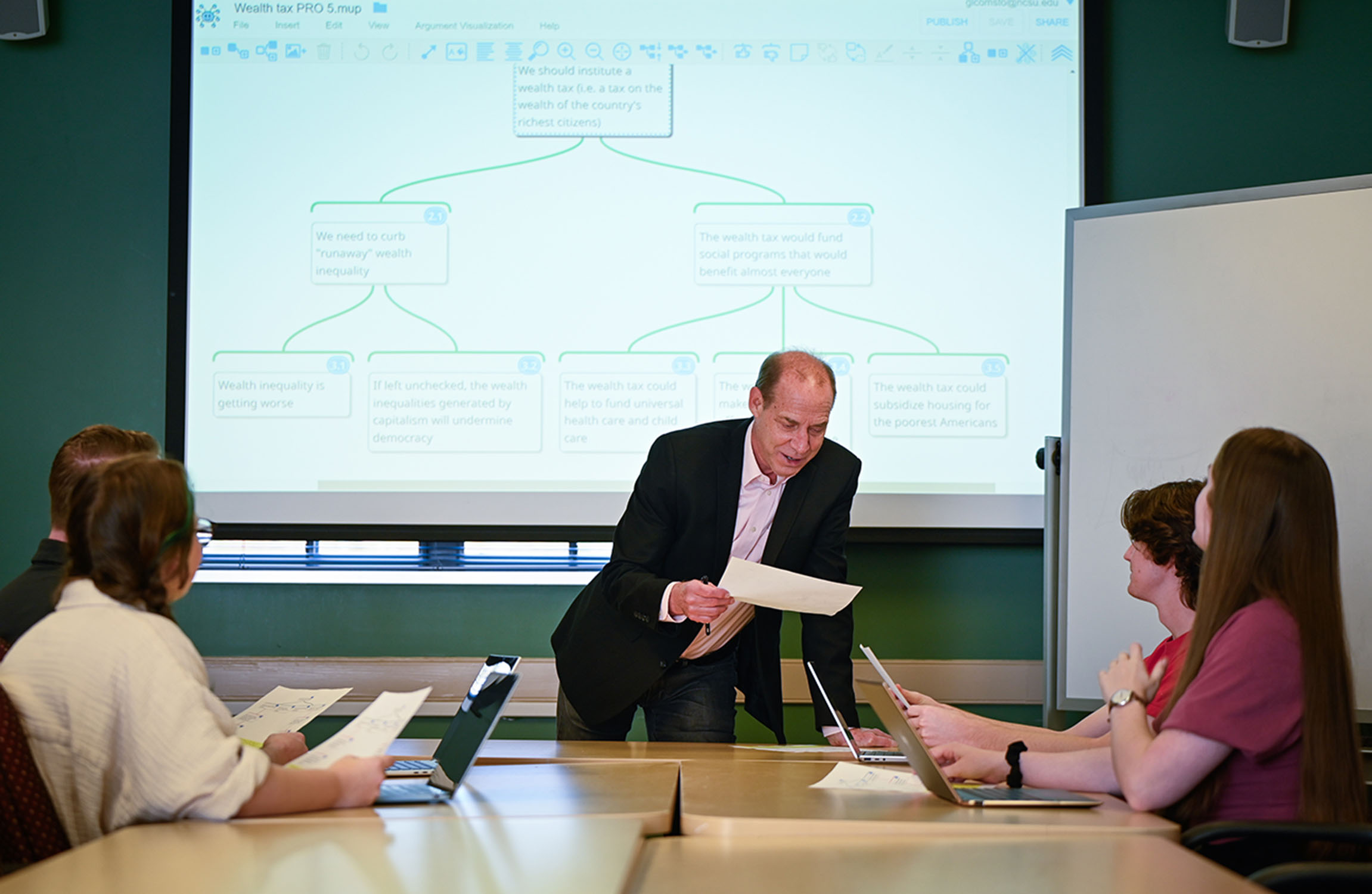Report: Increasing Monetary Penalties in Justice System May Cost Taxpayers

Monetary sanctions, such as fines and fees, that are designed to help fund the justice system may actually cost state and local governments more than they bring in, according to early results of a study analyzing the impact of increasing these monetary penalties in North Carolina’s criminal justice system. The project is part of a larger effort across nine states.
In 2012, North Carolina adopted the Statewide Misdemeanant Program, which transferred responsibility for housing those confined for misdemeanors from the prison system to jails run by counties and municipalities, says April Fernandes, co-author of a recent report titled Monetary Sanctions in the Criminal Justice System. Fernandes, an assistant professor of sociology at NC State, was the lead author of the section of the report that addressed North Carolina.
“This transition also included increased fees and penalties for those convicted of misdemeanors,” Fernandes says. “For example, the amount of monetary penalties associated with a misdemeanor crime approximately doubled between 1999 and 2015. These penalties were increased, at least in part, to help finance the North Carolina justice system – which is ranked 45th nationally in terms of funding from the state.”
Those who are unable to pay the monetary penalties are likely to be jailed, lose their driver’s licenses and have their state citizenship suspended – and may have their wages garnished or face liens on their property. The monetary sanctions range from $178 to $344.50, not including various “add-ons,” such as fees levied against defendants in cases that required DNA testing. While some people may be able to pay these fines out of pocket, others cannot. Being in jail makes it even less likely that they will come up with the money – and the costs of incarcerating those who are unable to pay are likely to be significantly more than the amount of the sanctions in the first place.
So, does this make economic sense? Are there specific segments of the population that are likely to be hit hardest by these monetary penalty policies? And to what extent are these penalty funds actually going to the criminal justice system, as opposed to other state operations?
These are among the questions being raised by the report, which offers a snapshot of monetary penalties and policies in nine states: North Carolina, California, Georgia, Illinois, Minnesota, Missouri, New York, Texas and Washington.
The report is the initial product of a five-year project funded by the Laura and John Arnold Foundation, led by Alexes Harris of the University of Washington with colleagues from eight other universities.
“Amazingly, before this project, there was very little known about the assessment and collection of these fines and fees,” Fernandes says. “So this report is focused on establishing a basic framework for understanding what these sanctions are, how they are assessed, which collection procedures are utilized and how the money is spent.”
The researchers have found that there is no uniform approach to monetary penalties, and that the size of penalties – and the crimes that warrant those penalties – vary widely. In addition, the researchers have found that the consequences for failure to pay also vary from state to state.
Fernandes says the early findings raise as many questions as they answer – but offer critical insight into how the criminal justice system is changing, and how those changes may affect both those convicted of misdemeanors and the pocketbooks of taxpayers.


